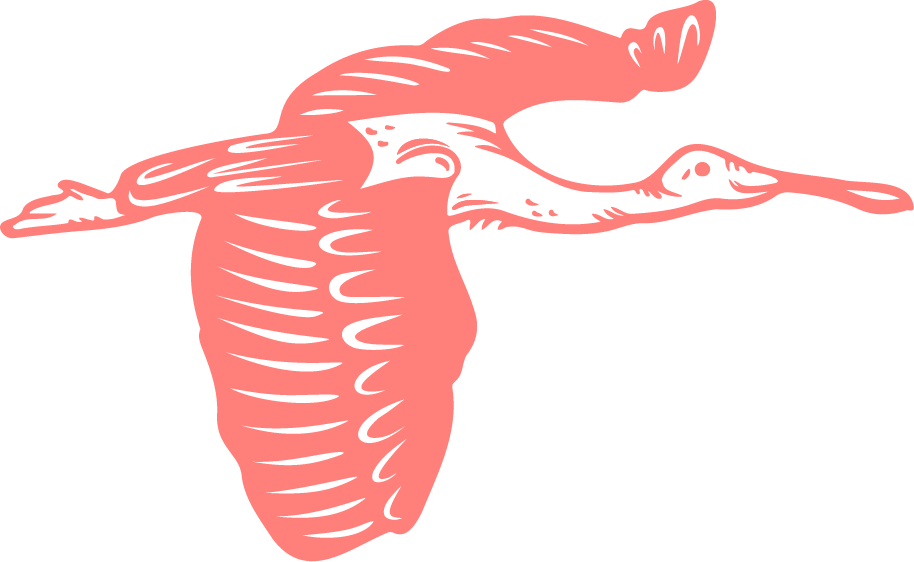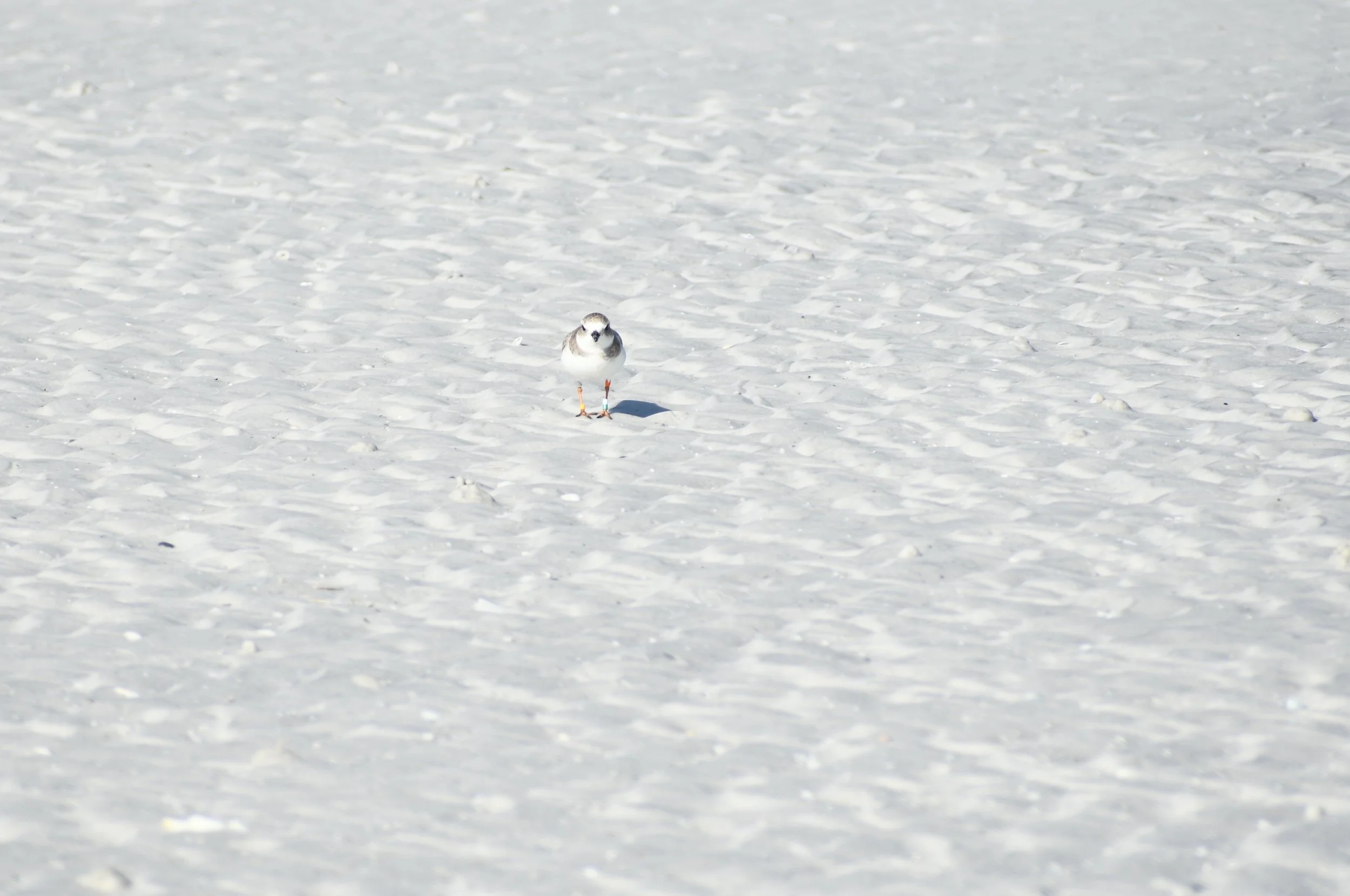Meet Outback - Fort De Soto’s year-round piping plover resident
Meet Outback! She is a piping plover (Charadrius melodus) who hatched in 2016 at Sleeping Bear Dunes National Lakeshore, Michigan. Also known as Biggo, for her banding pattern (B=light blue, G=green, O=Orange), she returned to the park in 2018 to nest on South Manitou Island and fledged all four chicks. In 2019, she nested there again but lost all of her chicks within a day of their hatching. She and her mate created a late second nest nearby, but the pair migrated south before the eggs hatched. Since then, she has apparently abandoned migration and nesting and stays on Fort De Soto’s Outback Key year-round.
These amazing details were provided by Alice Van Doeren, who, for the past 18 years, has been monitoring the activities of piping plovers. According to Great Lakes Piping Plovers, there are currently 65-70 nesting pairs in the Great Lakes Population, down from a historic high of 800, though up from 13 in 1990, shortly after they were placed on the Federal Endangered Species List. The Great Lakes Piping Plover Conservation Team, coordinated by the U.S. Fish and Wildlife Service, includes multiple governmental land management agencies, Native American tribes, universities, zoos, NGOs (including Audubon) and volunteers. The team conducts programs for nest monitoring and protecting, habitat preservation, salvage captive-rearing in cases of abandoned nests, predator control, banding, and research.
We in southwest Florida have a strong connection to the piping plover’s life cycle, because the Gulf Coast, along with the south Atlantic Coast and the Bahamas, is one of their important wintering sites. Thanks to a Clearwater Audubon story by Carol Mathews about a piping plover known as GLuG (G=Green, L=Black), I searched through my shorebird photos and found Outback. If you spot a banded piping plover, grab some photos, consult the website for reporting procedures, and contribute to the research on the migratory patterns, habitats, and life spans of these interesting and vital little birds. While you are on the website, check out other piping plover stories (Old Man Plover, Rocky, LLBean) and watch videos of flight display, parallel walk, territorial fight, nest scraping, tilt display, goose stepping, and more!


